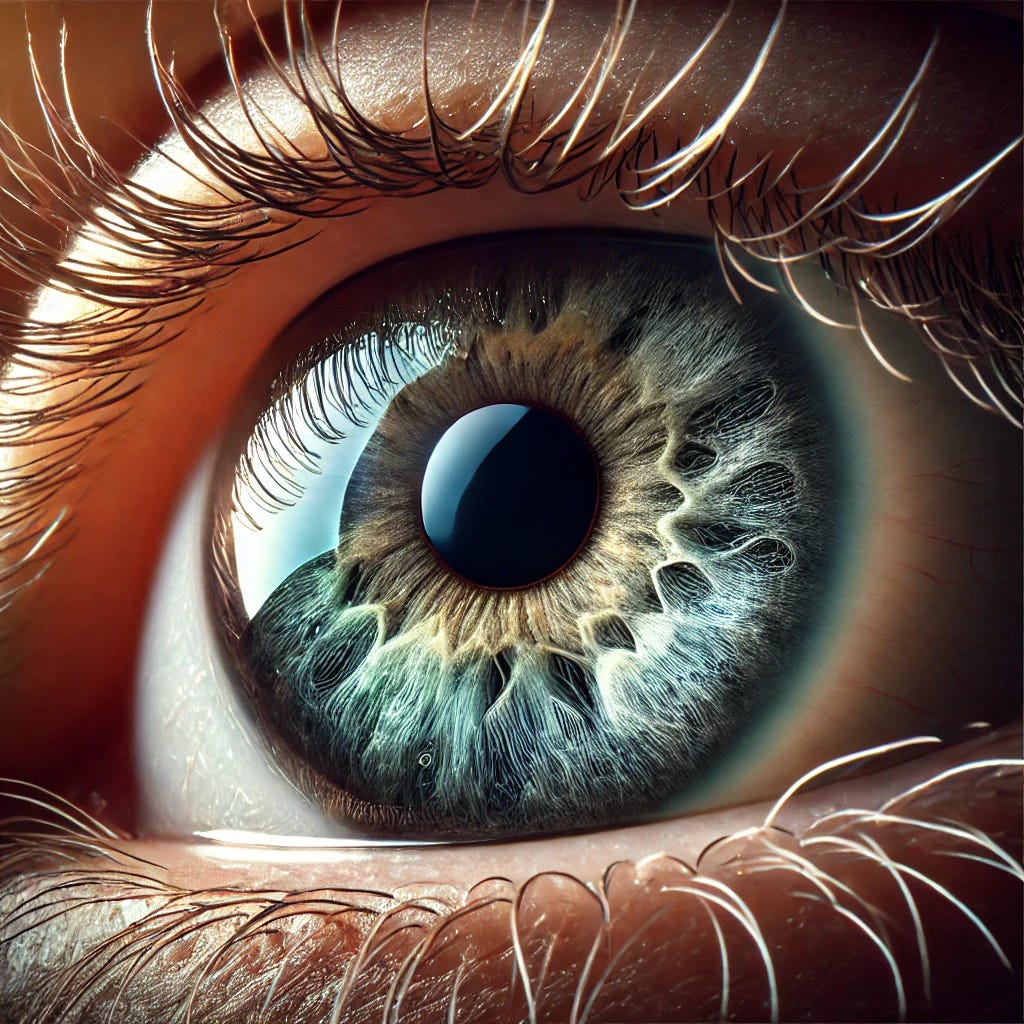As a holistic ophthalmologist, I believe in the importance of early detection when it comes to managing eye health, especially with a condition like glaucoma. Glaucoma is a group of eye diseases that can cause progressive damage to the optic nerve, leading to permanent vision loss if left untreated . The tricky part about glaucoma is that it often develops slowly, without noticeable symptoms in the early stages. That's why it's crucial to know how to spot the early signs of glaucoma and to have regular comprehensive eye exams. In this article, I'll share some key signs to watch out for and steps you can take to protect your vision.
Understanding the Two Main Types of Glaucoma
Before we dive into the early signs, it's important to understand the two main types of glaucoma: open-angle glaucoma and angle-closure glaucoma.
Open-angle glaucoma: This is the most common type of glaucoma, accounting for about 90% of cases . In open-angle glaucoma, the drainage angle between the iris and cornea remains open, but the drainage canals become clogged over time, leading to a gradual increase in intraocular pressure (IOP) .
Angle-closure glaucoma: In angle-closure glaucoma, the drainage angle becomes blocked, causing a rapid increase in IOP. This type of glaucoma can occur suddenly and is considered a medical emergency .
Early Signs of Open-Angle Glaucoma
Open-angle glaucoma often develops slowly, and there may be no noticeable symptoms in the early stages. However, some early signs to watch out for include:
Gradual loss of peripheral vision: One of the first signs of open-angle glaucoma is a gradual loss of peripheral (side) vision. This can occur in one or both eyes and may not be noticeable until significant vision loss has occurred .
Difficulty adjusting to dark rooms: You may experience trouble adjusting to low light conditions or seeing in dimly lit rooms. This can be an early sign of glaucoma-related vision changes .
Mild headaches or eye pain: While not always present, some people with early-stage glaucoma may experience mild headaches or a feeling of pressure or aching in the eyes .
Early Signs of Angle-Closure Glaucoma
Angle-closure glaucoma can develop suddenly and requires immediate medical attention. Early signs of angle-closure glaucoma may include:
Severe eye pain: You may experience sudden, severe pain in one or both eyes, often described as a feeling of intense pressure or aching .
Blurred vision or halos around lights: Your vision may become blurry or you may notice halos or rainbows around lights, especially at night .
Nausea and vomiting: The sudden increase in eye pressure can cause nausea and vomiting, which may be accompanied by a severe headache .
Redness in the eye: The affected eye may appear red or bloodshot, with a cloudy or hazy appearance to the cornea .
If you experience any of these symptoms, seek immediate medical attention from an ophthalmologist or emergency room.
Risk Factors for Glaucoma
While anyone can develop glaucoma, certain factors can increase your risk, including:




